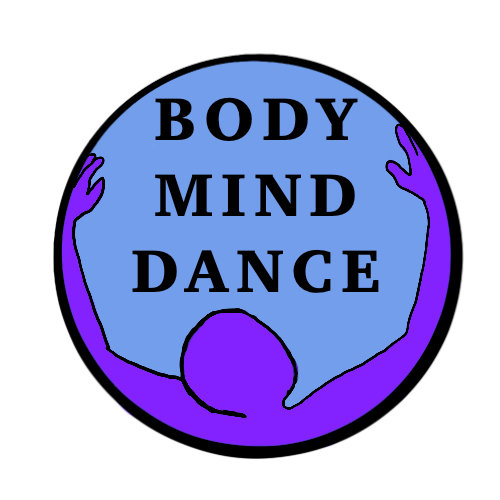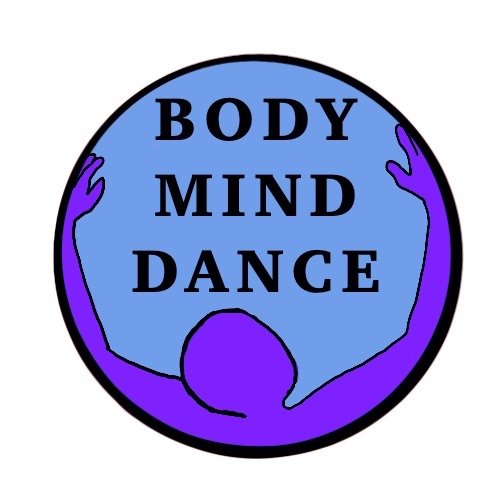Unclench Your Teeth
Watch this video and follow along so that when you wake up at night from clenched teeth you will have some ideas of things to do to release, relax, and go back to sleep. After the video is text that explains the sequence of movements.
Do you wake up with your teeth clenched?
Since the mounting political and pandemic tension, I wake up in the middle of the night with my jaw clenched and my face feels tight and narrow. I try to breathe slowly, relax, stop thinking but it doesn’t relax the grip in my face. I stay awake. I think of all the people going to dentists these days because their teeth are cracking from clenching at night. I don’t want to be one of them.
This is what helps me. I hope it will help you, too.
.
Try it before you go to sleep so that you know what to do. Don’t follow it exactly when you wake up with a tight jaw. Do what feels right for you. Experiment and be gentle. Hope this gives you some things to do that can help you get back to sleep.
Eyes & Forehead
I reclose my eyes. You can feel that as your eyelids close your eyes roll a bit upwards. I maintain that upward shift and let them fall slightly outwards towards the sides of my head. This upward outward position helps me relax and feel the width of my face at the temples. I let that feeling travel upwards to broaden my forehead so that it finds a similar width. I have to let go of my thinking brain to do this. I let my brain puddle a little as if I have jello brains.
Cheekbones and Ears
To locate yourself hold your nose and GENTLY try to blow through the nostrils. You will feel pressure in your ears and maybe also through your cheekbones. This is because of your eustachian tube which connects the nose to the ear canal through the cheekbones on each side. I place my finger along my cheekbones letting the pads of my fingertips rest on the bone imagining the space of the tube within them and gently intend for them to widen or release toward the ear. See what you feel. Experiment. Maybe pressing gently along the length may help. The idea is to relax the area under your eye to create a feeling of width.
It is helpful to then do one side at a time. Resting your opposite hand on your cheekbone and using your same side hand to gently pull the middle of your ear to elongate the ear canal. This is what does it for me. I recheck my eyes and forehead letting my forehead, eyes, cheekbones, and ears all relax into their width and remind myself to yield the back of my head into the pillow.
TMJ, Masseter Muscle, & Lower Jaw
Then I shift my hands to the sides of my face my fingertip on the cheekbone and the warmth of my hands cupping the sides of my face. If you open and close your jaw you can feel the joint just below your fingertips. A roundish knob moves under your hands as you open and close your mouth. This is your temporomandibular joint; the joint between your jaw (mandible) and the side of your skull (temporal bone). If you bring your fingertips forward and down you can feel a big thick muscle, the masseter, that attaches to your cheek bone and your lower jaw. As you open and close your mouth you can feel where it ends and the cheeks get soft. Feel along its whole length and width. This is one of the main chewing and gripping muscles. There are smaller muscles underneath it. I let the warmth of my hands and a slight downward pull and stroking with my mouth slightly open help the fibers relax.
Then bring your hands right below your ears and you can feel the jaw bone go down and turn the corner. I let my fingers put a little downward drag on the corner. Feel if that helps your face relax. I pinch along that bottom edge of the lower jaw and then hold it along both ridges to slowly slightly move the jaw side to side with my fingers.
Maxilla, the Upper Jaw
Next, I move my fingertips to the skin between lips and my nose. Fan the three middle fingers out, above the teeth, below the cheekbone and nose, and before they bump into the Masseter muscle. Sometimes I feel this bone wants either an upwards, downwards, or spreading movement to help it remember itself and relax. Just a tiny movement, more of an intention. Sometimes I just rest my fingers there and feel its own internal rhythm.
Back of the Head
Last thing I do is yield the back of my head again into the pillow. If you put your fingers behind your ears you can feel the boney skull. Slide your fingers down that edge beneath the ear and you will feel a roundish lump part with a strong muscle attached. This is the mastoid process of your temporal bone and the insertion of the sternocleidomastoid muscle, that big often ropey muscle that comes forward when you turn your head. Sometimes it really helps to gently press and swing around this area. Continue up the edge of the skull behind your head and you will meet at the midline in a slight depression. It’s about at the level of your nose in front. This is a good place to intentionally yield, spread, and relax back towards the pillow.
Try It. Experiment. Do what works for you.
Again, it’s good to practice finding all the landmarks and what feels good to you before you try this in the night. Be gentle and experiment to find out what works for your body. If it hurts, don’t do it. This is what helps me get my teeth unclenched, the tension in my face released enough so that I can go back to sleep. I hope it will help you, too.
I would love to hear if this sequence works for you or if you find a variation or a method that works better.

